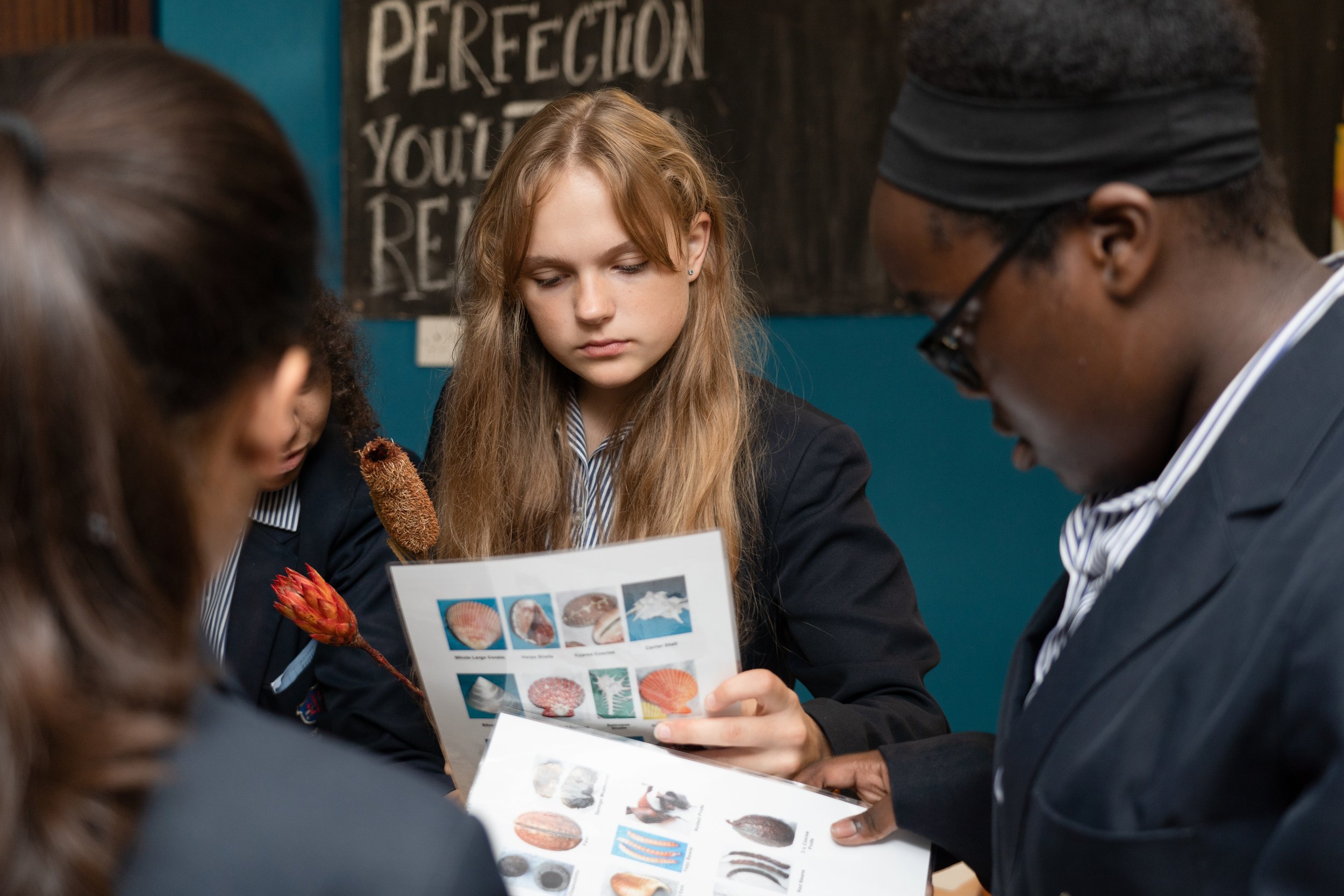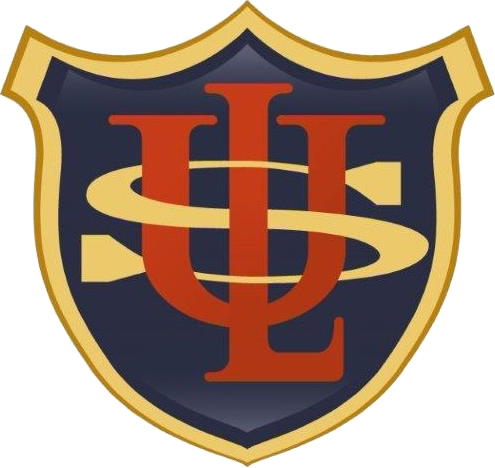
ART TEXTILES
Aims Of The Curriculum/Curriculum Intent
Textile design is taught as a GCSE option subject in Year 10 and Year 11. Although students do not study Art textiles in Year 7, 8 and 9, the development of skills needed to commence GCSE are taught within other areas of the department.
Introduction
Textile Design introduces pupils to a variety of experiences and exploration of a range of media, techniques and processes, including both traditional and new technologies. Pupils will explore the works of textile designers and artists, examples of which will be used within the investigation and making process. Responses to these examples will be shown through practical experimental work in: fashion and costume design, printing, dyeing, stitching and a range of other embellishing techniques.
Curriculum Content KS4
Core Skills
A01 – Developing ideas through investigation
A02 – Experimenting and refining ideas using different media
A03 – Primary and secondary observations and annotations
A04 – Final response Year 10
Year 10
Component 1 - Project 1: Natural Forms
Pupils explore a range of textile designers and artists’ work, creating surface pattern designs with: watercolour, fine liner, charcoal, chalk, pencil, acrylic paint and pastels and decorative techniques such as: stencil printing, block printing, felting, free machine embroidery, applique, stitching on card, hand embroidery, quilting, marbling, painting on fabric, batik, tie and dye, fabric collage, dissolvable fabric and visible mending and daring.
Trips And Visits
During the two-year course pupils will be given opportunities to visit museums and galleries, also take part in various workshops, so they can draw inspiration for developing ideas and improving their technical skills in support to their portfolio work.
Year 10 Exam
Pupils will sit a 5 hours (1 day) examination at the end of Year 10, making a “Fashion outcome” for their final piece, which relates to Natural Forms, encompassing the decorative techniques sampled in their portfolio.
Year 11
Continuing working on their Component 1(Portfolio)
Pupils will continue refining and develop new ideas based on the theme Natural form.
The aim is to produce further evidence against each assessment objectives. Through their work they will explore a range of fabric manipulation and embellishment techniques: pleating, gathering, smocking, and distressing as well as using embellishing needles in response to a range of textile designers and artists’ work. Pupils will develop these skills further by experimenting with textile media and processes.
Year 11 Mock Exam
Towards the end of the autumn term, pupils will sit a 5 hours (1 day) GCSE Mock examination to make a final piece, which relates to manipulation and distortion and links all the project work together.
Component 2: Externally Set Assessment
At the beginning of January, pupils will commence a project from a choice of themes; the topics for this are set by AQA and will be issued to pupils in the first lesson. Pupils will select their own textile designers and artists to research and create a range of samples and design ideas in response to the task.
Year 11 Exam
Pupils will work on their final piece during a 10 hour (2 day) examination in May.
Homework
Is set once per week
Examination Information
Exam board: AQA
Specification code: Component 1: 8204/C
Component 2: 8204/X
Exam outline: 100% Non-Exam Assessment: Year 10 and Year 11
Non- Exam- Component 1: (60% of GCSE grade)
Non- Exam- Component 2: (40% of GCSE grade)
This is an externally set task by AQA.
After Key Stage 4
A Level Textiles, or BTEC Textiles/Fashion, all of which can lead to University degrees and possible careers such as architecture, advertising, fashion buyer, fashion, interior design, pattern cutter, teaching or as a practising artist/ Textile designer.
Useful Resources
Fashion magazines – Vogue
Research on London and New York fashion week
Victoria and Albert Museum website
